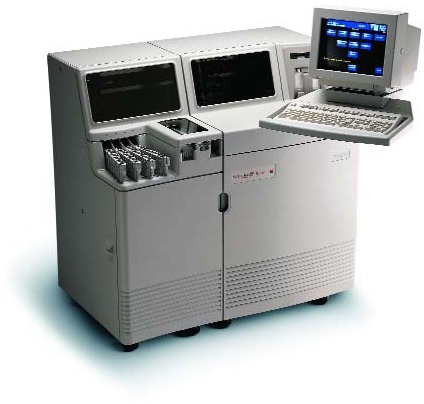Quality
Assurance in the biochemistry
laboratory is intended to ensure the reliability of the laboratory tests. The
objective of quality assurance is to achieve reliable test results by
Inaccuracy and/or imprecision occur as a result of using unreliable standards or reagents ,incorrect instrument calibration, or poor technique.eg consistently faulty dilution or the use of a method that gives a reaction that is incomplete or not specific for the test.
- Accuracy
- Precision
This
refers to the closeness of the estimated value to that considered to be true.
Accuracy can, as a rule, be checked only by the use of reference materials
which have been assayed by reference methods.
Precision
This
refers to the responsibility of the result, but a test can be precise without
being accurate. Precision can be controlled by replicate tests and by repeated
tests on previously measured specimens. And the test result or value which we
get should be closer to the previous one.
Inaccuracy and/or imprecision occur as a result of using unreliable standards or reagents ,incorrect instrument calibration, or poor technique.eg consistently faulty dilution or the use of a method that gives a reaction that is incomplete or not specific for the test.
First
of all, Edward Demming gave the idea about quality control. According to
him,
Improved
quality=increased productivity at lower cost.
- Eliminating rework
- Save time
- Save labour
- Save material e.g. reagent, specimen etc.
- Patient care.
- Internal quality control (IQC)
- External quality assessment (EQC)
- Proficiency surveillance
- Standardization





